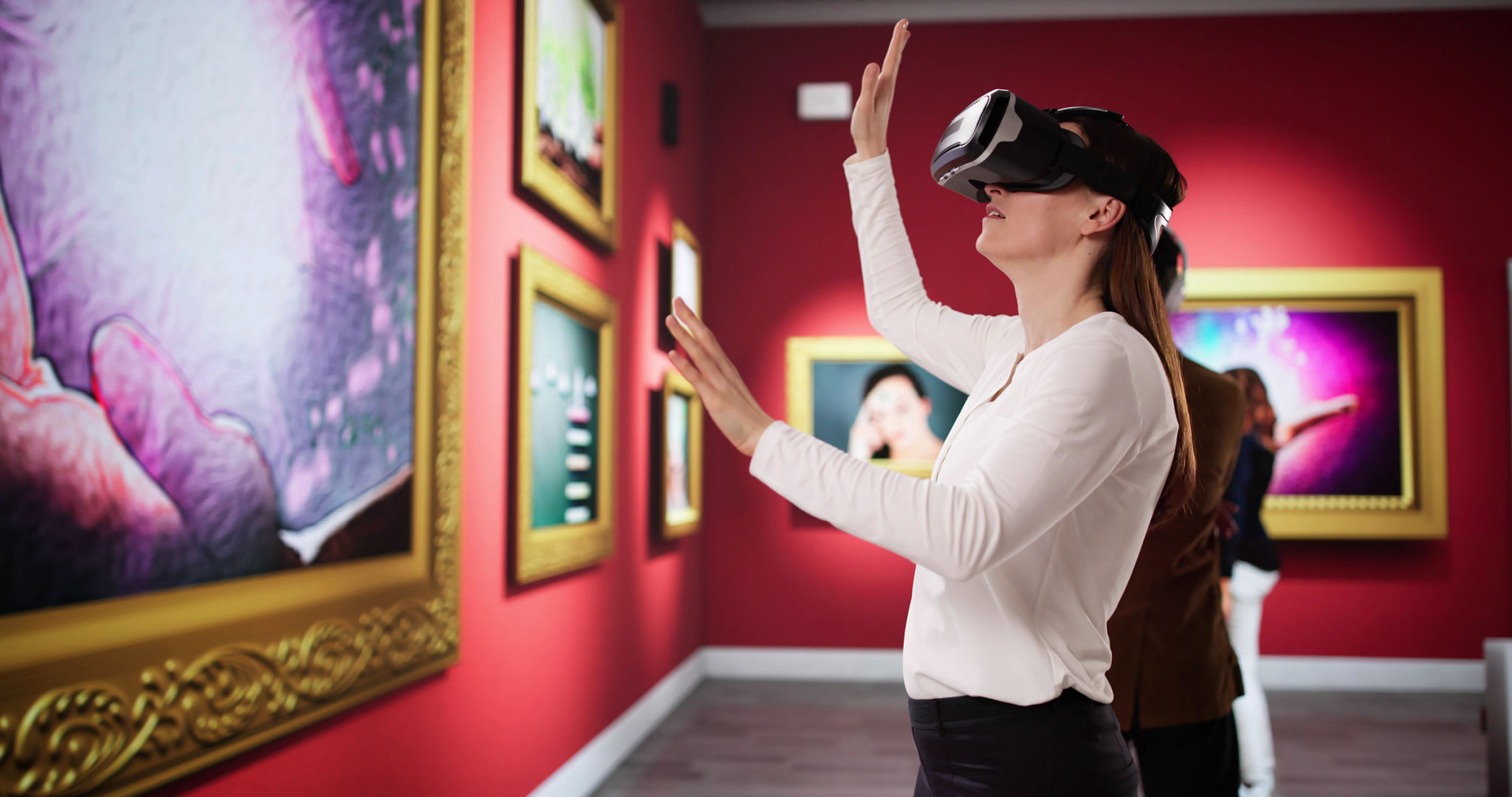Building Virtual Communities Through Interactive Art: Bridging the Gap in Tulsa
CG
The Power of Interactive Art in Virtual Communities
In today's digital age, the concept of community is continuously evolving. Virtual communities have become a staple of modern interaction, providing platforms for people to connect beyond geographical boundaries. One of the most exciting developments in this realm is the integration of interactive art. This fusion offers a unique way to bridge the gap between individuals, fostering a sense of belonging and shared experience.
Interactive art leverages technology to create immersive experiences that engage participants in ways traditional art cannot. In Tulsa, artists and technologists are collaborating to build these virtual spaces, using art as a medium to connect people across the city and beyond. These digital canvases not only showcase artistic talent but also invite participation, making viewers an integral part of the art itself.

Creating Connection Through Art
The primary goal of interactive art is to create meaningful connections among participants. By encouraging individuals to engage with the artwork, these projects foster a sense of community. Whether through virtual reality installations or augmented reality experiences, individuals can share their interpretations and experiences, thus deepening their connections with others.
For instance, interactive art projects in Tulsa have included digital murals that evolve based on user interaction. These artworks allow community members to contribute their own stories, making each piece a living tapestry of collective experiences. Such projects not only bridge physical distances but also unite diverse voices within the virtual space.

The Role of Technology in Interactive Art
Technology plays a crucial role in the development of these virtual communities. Tools such as virtual reality (VR), augmented reality (AR), and artificial intelligence (AI) are instrumental in creating environments that are both engaging and accessible. By utilizing these technologies, artists can craft experiences that are not only visually stunning but also interactive and participatory.
In Tulsa, these technological advancements have been embraced by local artists who are keen to explore new mediums. The city's burgeoning tech scene supports these creative endeavors, providing resources and collaboration opportunities that enable artists to push the boundaries of what's possible in the digital realm.

Engaging Diverse Audiences
One of the key benefits of interactive art is its ability to engage diverse audiences. Unlike traditional art forms, which may require specific knowledge or background to fully appreciate, interactive art is accessible to everyone. This inclusivity is particularly important in virtual communities, where participants come from various backgrounds and experiences.
Interactive art projects often include elements that appeal to different senses and preferences, ensuring that there is something for everyone. This approach not only broadens the audience but also encourages deeper engagement, as participants find personal relevance within the artwork.
The Future of Virtual Communities in Tulsa
As Tulsa continues to embrace interactive art, the potential for building vibrant virtual communities grows exponentially. These projects not only enhance the cultural landscape of the city but also offer new opportunities for collaboration and innovation. By integrating art with technology, Tulsa is setting an example for other cities looking to foster connection and creativity in the digital age.
The future holds exciting possibilities for interactive art in virtual communities. As technology advances and artists continue to experiment with new forms, the boundaries of what can be achieved will expand, offering even more dynamic ways to connect and engage with one another.

